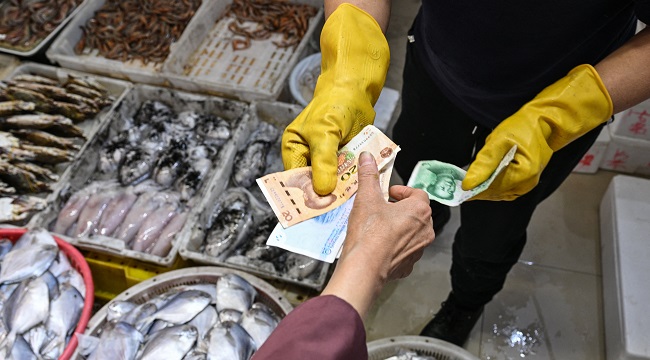China’s exports expanded 4.4 percent year-on-year in August, despite missing expectations, according to official data released on Monday. The growth was driven by a surge in shipments to Southeast Asia and Europe, which offset the decline in exports to the US.
Trade tensions between Beijing and Washington have been volatile in 2025, with both countries imposing escalating tariffs on each other. In August, exports to the US, China’s largest single-country trading partner, continued to fall, dropping 11.8 percent from the previous month and 33.1 percent from a year earlier. However, shipments to the European Union jumped 10.4 percent, and those to the Association of Southeast Asian Nations rose 22.5 percent year-on-year.
The export growth failed to meet a Bloomberg forecast of 5.5 percent, while imports also missed expectations, growing 1.3 percent year-on-year in August, compared to a forecast of 3.4 percent. According to Zhiwei Zhang, president and chief economist at Pinpoint Asset Management, the “frontloading” of exports, where companies accelerate shipments in anticipation of further tariffs, is likely fading away. Zhang also noted that Chinese businesses are pushing for higher market share in other countries due to weak domestic demand.
The resilience of Beijing’s exports can be attributed to the diversification of supply chains, particularly in Southeast Asia, where trade diversion remains evident. Yue Su, principal economist at the Economist Intelligence Unit, stated that much of this reflects supply-chain diversification to avoid higher tariffs, a practice also seen during the first US-China trade war.
China has set an official goal of around five percent growth this year but has struggled to maintain a strong economic recovery from the pandemic. The country’s factory output ticked up in August but still recorded a fifth straight month of contraction, indicating that trade tensions are impacting the export-dependent economy.
In an effort to de-escalate tensions, Washington and Beijing reached an agreement to temporarily lower tariffs, with the US reducing its tariffs to 30 percent and China to 10 percent. The two countries have delayed the reimposition of higher tariffs on each other’s exports for another 90 days, until November 10. Analysts warn that China’s trade will face challenges in the rest of the year as uncertainties linger, and the temporary boost from the US-China trade truce is fading.
